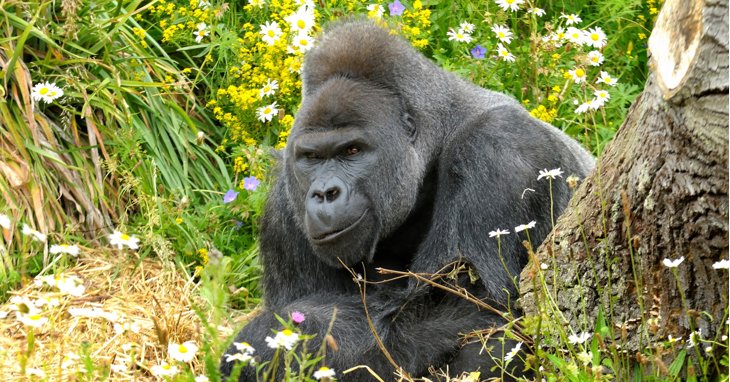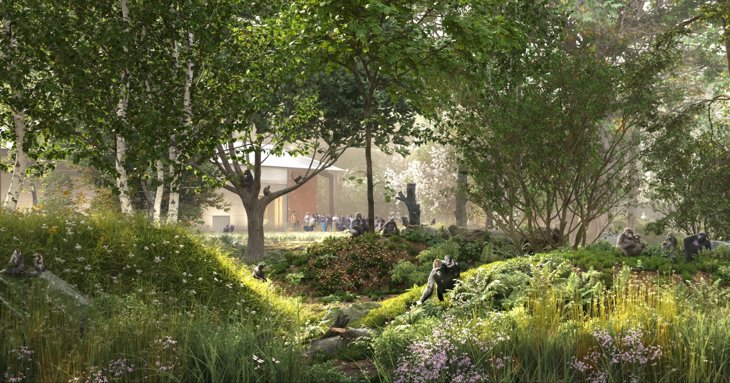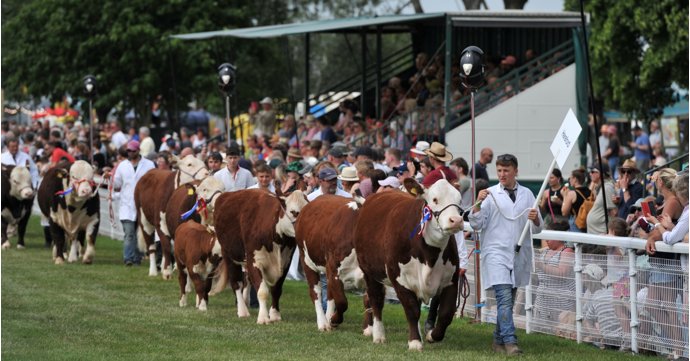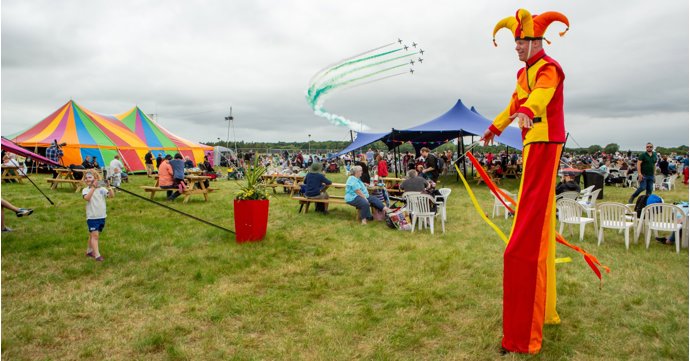Exciting news for animal lovers in Gloucestershire and the surrounding counties as the Bristol Zoological Society reveals it has secured planning permission to completely transform the site of the Bristol Zoo Project into a Central African forest.
Bringing together some of the most critically endangered species, the new zoo will be the first of its kind in the UK to house western lowland gorillas and cherry-crowned mangabeys together, as part of the project's ambitious plans to
conserve and protect some of the world’s most threatened species.
Work will begin in spring 2024 to see the new habitat become home to the zoo's existing troop of western lowland gorillas who will be joined by cherry-crowned mangabeys, slender-snouted crocodiles, African grey parrots and various species of West African freshwater fish.

The gorillas and mangabeys will be living in an area four and a half times the size of the gorilla troop’s current home at the former Bristol Zoo Gardens.
The new forest habitat will see most of the old zoo's 136-acre woodland used to create a dense forest, mimicking the landscape of Equatorial Guinea, where the society runs one of its largest conservation projects for gorillas and
other threatened forest species.
The planning permission is a major win for the zoological society, whose plans involve the creation of a new, cutting-edge conservation zoo, where at least 80 per cent of its species will be connected to its conservation work in the UK and around the world.
The new habitat will also have integrated learning spaces for visitors and school groups to observe animals in natural scenes close to the wild.
Brian Zimmerman, director of conservation and science at Bristol Zoological Society, said: 'All of the mammals, birds, reptiles and fish that will live in Central African Forest are classified as threatened in the wild. The creation of this habitat not only presents a unique opportunity for us to bring these wonderful creatures together and expand our conservation work, it also enables us to participate in, and lead, managed breeding programmes, which will help to protect them in the future.'
The society has also revealed future plans for a Central African savannah habitat, which will become home to black rhinos and ostriches, giraffe, zebra and cheetah, as well as improvements to the old structures still in place and the addition of some new aviaries.
Justin Morris, chief executive at Bristol Zoological Society, said: 'We are thrilled to have secured planning permission for this new habitat, which is a major step forward in our vision to create a modern conservation zoo with animals living in spaces more closely reflecting their natural habitats. Creating a new environment such as this helps to raise vital awareness of the risks these species are facing and the efforts we can all take to Save Wildlife Together.
'Work on the new habitat will begin in the spring and is expected to be complete next year. In the future we will also be building new visitor facilities and a conservation campus for students studying to become conservationists. This is a really exciting time not only for the zoo, but also for our visitors, partners and supporters. Conservation zoos have a critical role to play in working with communities and connecting them with wildlife.'
The Bristol Zoo Project will remain open throughout the building work over the next year and is already home to giraffes, cheetahs, zebras, wolves, bears, lynx, deer, ostrich, gelada baboons and lemurs.



















